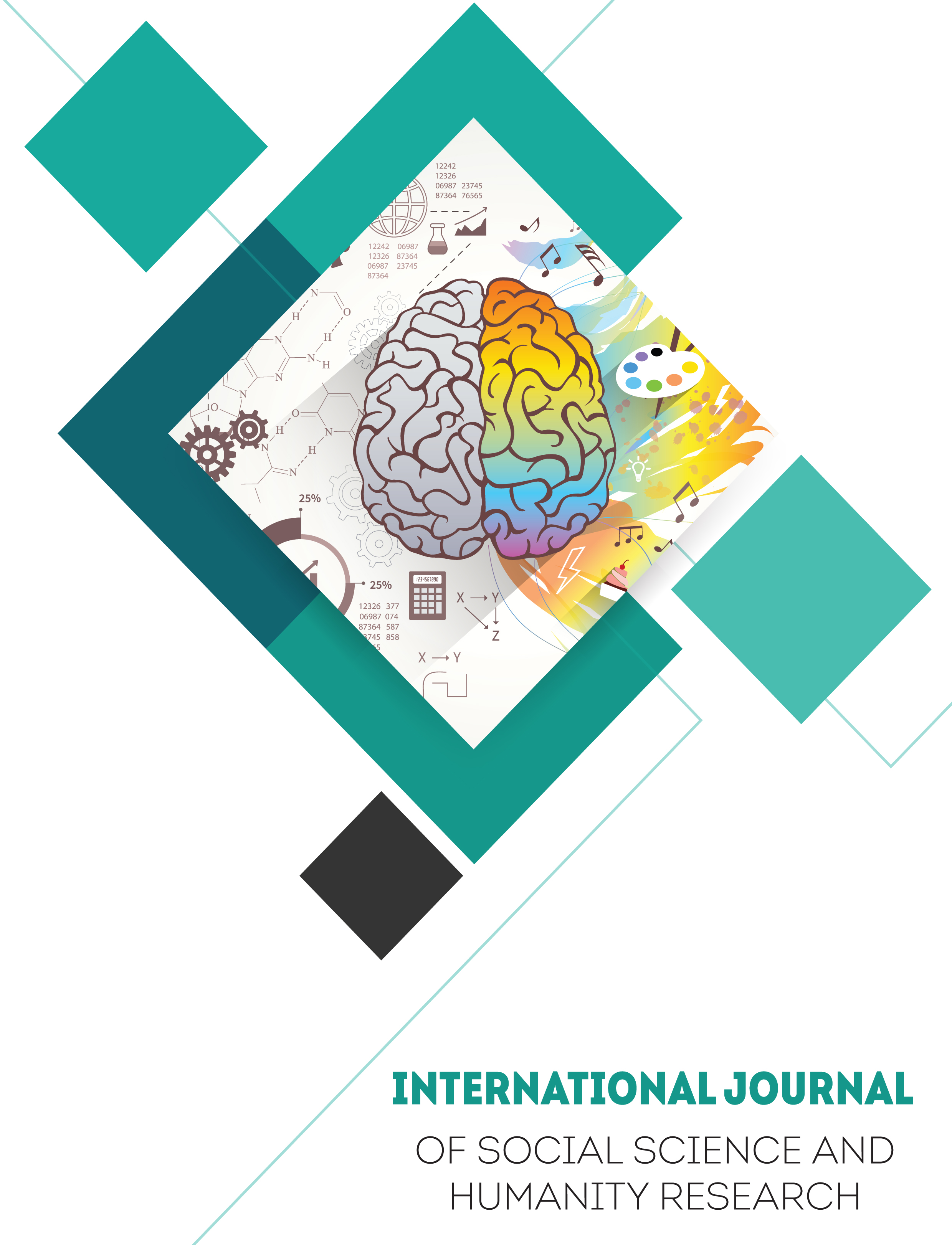Investigate the structure of sports management and the association of consumer behavior in sports.
Main Article Content
Abstract
Although sports organizations have generated billions of dollars from the popularity of spectator sports over the last three decades, the sector as a whole has recently undergone substantial changes. Howard and Crompton argue that modern sports organizations must contend with increased prices, a saturated market, an economic disconnect, and the introduction of new technologies (2005). The cost of maintaining a sports organization has risen dramatically in recent years, far surpassing the increase in revenue. The average NBA salary is over $4 million a year, while a new NFL stadium could cost more than $1 billion. A Division IA program typically costs more than $20 million. Spectator bucks are a prized commodity, and the race to win them has never been fiercer. In the United States and Canada, sports fans may choose from more than 600 professional teams and 1,000 collegiate sporting programs. In addition, as ticket costs continue to rise, many middle- and lower-class Americans are feeling alienated from the teams they formerly supported because of financial constraints. The advent of new technology presents both opportunities and threats to sports organizations.

